
[caption id="OutofSightandOutofThisWorldJustforFun_img1" align="aligncenter" width="261"]
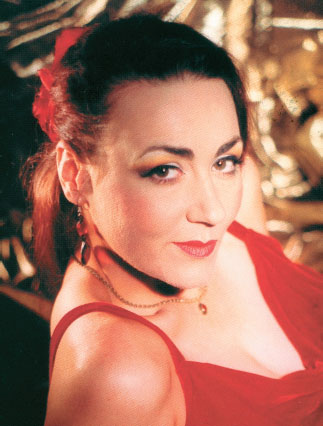
LONDON’S AN ODD PLACE to be just now. Everywhere you look there are cuts, everyone you speak to knows someone being made redundant and overrunning transport upgrades are making getting around harder than usual. And yet the city is taking it all in her stride. She’s been there before, and she’s not going to let a silly little thing like a recession dampen her spirits. And while there are dire rumors from the big arts groups about funding, it does mean the smaller, underground outfits come to the fore. I’ve been spending a lot of the last month literally underground as Londoners’ fascination for what lies beneath our feet reaches depths I’ve not seen before.
Some of the big hitters, such as the one day-only opening of the long-closed 1907 Aldwych tube station, complete with all its old fixtures, fittings and 1960s adverts, sold out instantly. It was such a hit, though, I predict it will become a regular attraction in years to come.
I was luckier with the tiny jewel box underneath the Houses of Parliament, the Crypt Chapel of St. Mary Undercroft. This exquisite 13th-century chapel, along with the 11th-century Westminster Hall, is all that is left of the medieval Westminster Palace. By the time the Houses of Parliament that we know today were built by Charles Barry after the devastating fire in 1834 the vaulted marble chapel, decorated with carvings of dragons and flowers, geometric designs and human heads had been used as a wine cellar for boozy MPs and even, it is reputed, as a stable for Oliver Cromwell’s horse during the Commonwealth. Barry’s son, Edward, a Neo-Gothic enthusiast, set-to with gusto on the redecoration of the chapel, using acres of gold leaf, encaustic tiling, mosaics and painting in his efforts to recreate the chapel in high Victorian fantasy medieval style. Today, it is one of the very few Royal Peculiars (i.e. under the jurisdiction of the monarch, rather than the church) and used mainly for weddings and baptisms of MPs’ families Tickets for the chapel are like hen’s teeth, but they’re keen to open it more often.
STAYING WITH the crypt theme, I joined an altogether spookier tour out in Spitalfields organised by arts group Illumini. St. Leonard’s Shoreditch is the poorer sibling of Hawksmoor’s gloriously renovated Christ Church, next door in Spitalfields. For all its peeling paint and down-at-the-heel appearance, it’s one of the most fascinating churches I have ever set foot under. On the crossroads where the main Roman streets still meet, it is possible that Britain’s first Christians were worshipping here at the same time Luke was writing his Gospel. The present-day church dates back to the 18th century, but it is built on far older remains. This was the Actors’ Church,where Shakespeare would have worshipped and where his contemporaries, Richard Burbage and Tarleton, are buried. The vicar, Paul Turp, has made study of this unsettling yet strangely beautiful building his life’s work, and as he took us around the crypt by torch and candlelight (mod-cons like electricity underground are mere twinkles in the Reverend’s eye), his personal connection with the place managed to turn what could have just been a bog-standard tour into something tender, spiritual and even comforting. He warned us we would see smashed coffins. And indeed, there were a few mummified bits and bones lying around, but this was no horror show. Turp’s love for St. Leonard’s parishioners, recent and past, made it a very human thing. He even had time for the mysterious tomb of an alleged 17th-century Hungarian necromancer, beautifully carved with horrific memento-mori, yet too big to have come in through the door.
THIS MONTH’S CONTACTS
Westminster Hall
www.parliament.uk
Illumini Arts
www.illuminievent.co.uk
St Leonards Shoreditch
www.shoreditchchurch.wordpress.com
The Old Vic Tunnels
www.oldvictheatre.com
Lazarides Arts
www.lazinc.com
Burlington Arcade
www.burlington-arcade.co.uk
Deathtrap
deathtraptheplay.com
[caption id="OutofSightandOutofThisWorldJustforFun_img2" align="aligncenter" width="1024"]
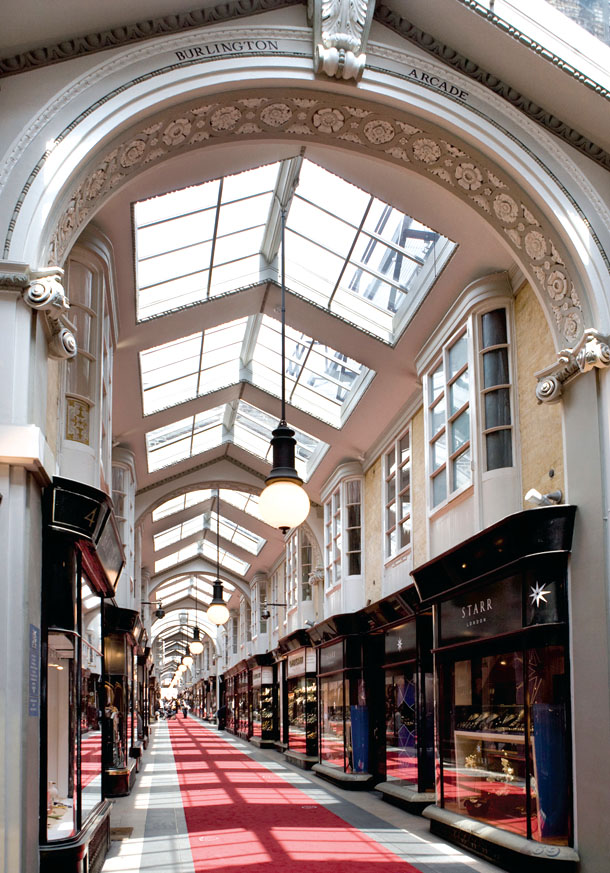
COURTESY OF BURLINGTON ARCADE
A natural storyteller, the Reverend’s best tale is definitely of why a bunch of old chairs lie in the middle of what looks like a perfectly serviceable arched corridor. As a keen young vicar, he had gone exploring one day. Halfway into the creepy corridor, he heard a rushing sound, and the ground began to move beneath his feet, swirling and spiralling away “like water down a plughole.” His terror rooted him to the spot, which probably saved his life. It turned out to be scores of illegally-exhumed coffins piled on top of each other inside a much deeper vault covered with earth. The Reverend believes he has discovered the floor of the original church, and he is currently trying to raise funds for a sensitive excavation. Shakespeare’s theater was found just around the corner, and it’s likely such an excavation might also reveal the hidden tomb of the first actor to play Romeo, buried in the church where Shakespeare set the final act of Romeo and Juliet. Illumini organize all manner of secret events, but to see St. Leonards, it would be worth contacting the vicar, who may be able to arrange a private tour for a donation to the appeal. Wear old clothes and stout shoes for an unforgettable experience of real Old London.
VAULTS, VAULTS, VAULTS. If ever gloomy old underground spaces were “in” they are now. The Old Vic Tunnels have a sinister history behind Waterloo Station, built during World War I. Troops departed and arrived from Waterloo to much jingoistic celebration, but for the tragic cases that weren’t able to walk out punching the air, an altogether darker fate awaited. Round the back, tunnels were created as a temporary underground hospital for the seriously wounded. After the war, these gloomy caverns were used for storage by British Rail then finally abandoned. The Old Vic Theatre, under the auspices of actor Kevin Spacey, has bought the tunnels as a truly alternative performance space. I went to see Hell’s Half Acre, a pop-up art exhibition following the stages of Dante’s Inferno, and one of the finest modern works I’ve seen. From dozens of tiny ships floating eerily in space, through grim “human” chrysalises and an awe-inspiring vision of the fires of Hell reflected in a lake of oil, all in near pitch-darkness, I was captivated and seduced, before being spat back out onto the graffiti-daubed underpasses of Waterloo. The art collective that created Hell’s Half Acre, Lazarides, has a gallery in the West End, while the Old Vic continues to produce stunning events underground at Waterloo.
You wouldn’t know it to look at the fabulous Regency splendor of Burlington Arcade in Piccadilly, but it, too, has an underground passage beneath it. When the arcade was built for the great and the good of St. James, it was an outrage to see a lady or gentleman carrying their own shopping, so urchins were employed to run underground carrying parcels to be collected by flunkeys at either end. The shopkeepers lived below their stores, so it was, in effect, a little street under a street. Under the shop windows, you’ll see the gratings that allowed air down to a gloomy underworld.
[caption id="OutofSightandOutofThisWorldJustforFun_img3" align="aligncenter" width="1024"]
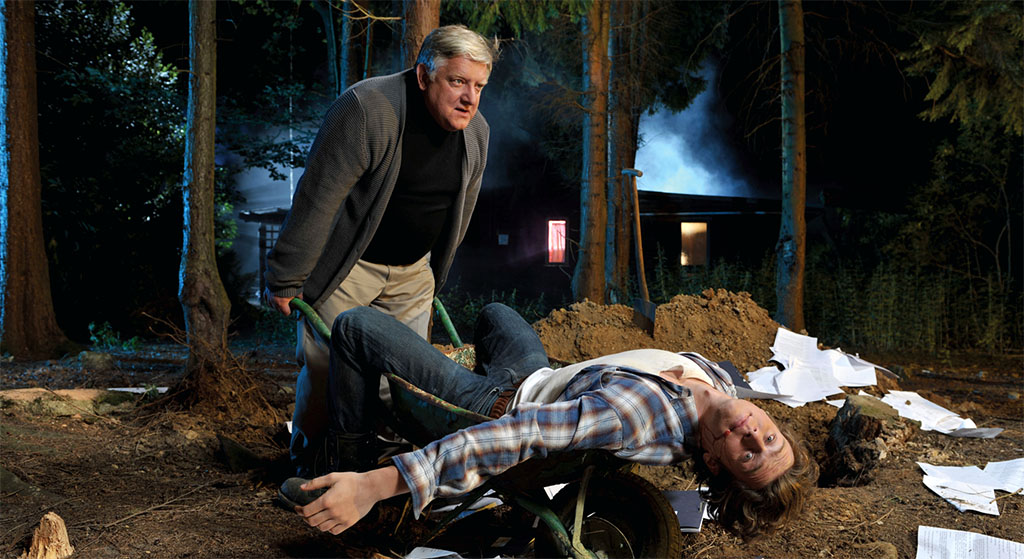
HUGH GLENDINNING
Sadly, the underground street below Burlington Arcade is off-limits, but they have just started doing the occasional guided tour by the head beadle, Mark Lord—latest in a long line of doughty fellows charged with maintaining order and decency within one of London’s last bastions of elegance. Dressed in traditional livery, Lord kept us entertained for a couple of hours talking about the arcade’s salubrious—and less salubrious—past, including tales of the famous people who have visited (apparently the only person allowed to whistle in the arcade is Sir Paul McCartney), the eclectic shops (Hancocks, at number 52, is solely responsible for producing the Victoria Cross, each one cast from cannon retrieved from the Crimean War) and the naughty activities of some scarlet ladies in the arcade’s darker days.
FINALLY, the return of a West End comedy certainly has its main character digging. Deathtrap, Ira Levin’s 1970s long-running comedy thriller, is enjoying full West-End treatment at the Noel Coward Theatre. Box offices are jumpy just now, so solid Alist stars are heading classic plays that theaters can bank on, which is great news for theatergoers. Simon Russell Beale throws himself (quite literally, on occasion) into the main role, and, while younger readers might recognise Glee’s Jonathan Groff, it’s Estelle Parson’s reliable face that cheered me up. Admittedly in these post-ironic days the script creaks and moans as it plods along, but with acting of this quality it’s still an evening to savor.
Next issue I hope to be breathing fresh-ish London air again, above ground, enjoying fun and games at the Tower of London, a mysterious storyteller in Bethnal Green—and hey—those Boris Bikes might just be available for all by then.

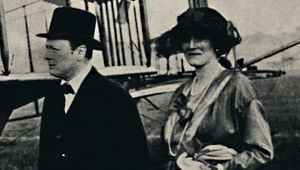


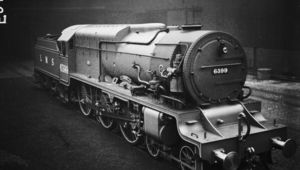
Comments